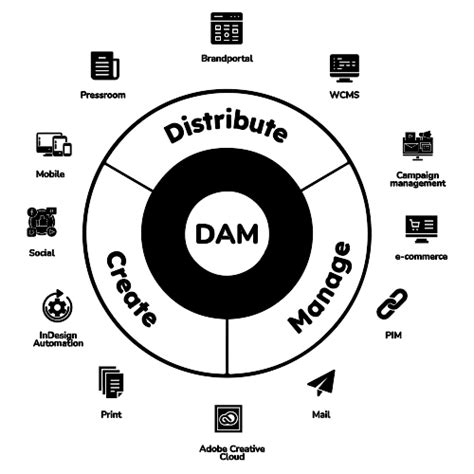3 min de lectura
Digital Asset Management, LayerZero (ZRO), Governance Token
CRYPTOCURRENCY
«Crypto-centric innovations: an overview of Layerzero and its impact on digital assets»
The world of cryptocurrencies has quickly changed in recent years, new technologies and platforms emerging to disrupt traditional financial markets. One of these innovations is Lowerzero, a blockchain -based system that is revolutionizing the way digital active ingredients are created, exchanged and managed.
At the heart of Layerzero is its unique approach to governance and property, which is facilitated by its governance token (ZRO). This token is designed to encourage users to participate in the development and management of the platform, while providing a transparent and secure mechanism so that stakeholders can exercise their control over their assets.
What is Layerzero?
Layerzero is a layer 1 blockchain network that allows developers to create and manage their own decentralized applications (DAPP) without the need for an underlying cryptocurrency. The architecture of the platform is built above Ethereum, offering an evolutionary and secure infrastructure to build complex DAPPs.
One of the main characteristics of Layerzero is its ability to create «zero knowledge» functions, which allow users to carry out operations on a blockchain without revealing their identity or no information on their assets. This level of safety and transparency is particularly attractive for users who appreciate their anonymity and wish to maintain control of their digital assets.
The governance token (ZRO)
At the heart of the Layerzero governance model is his governance token, Zro. The token is designed to encourage users to participate in the development and management of the platform, while providing a transparent and secure mechanism so that stakeholders can exercise their control over their assets.
Here are some key characteristics of the governance token:
* Incentivization : ZRO tokens are used to encourage users to participate in the development and management of the platform. Users who contribute to the development of new DAPPs, participate in governance discussions or engage with other users on the platform receive ZRO rewards.
* Decentralized decision-making

: The governance token is used to create a decentralized decision-making process for the platform. User proposals are voted on the use of Zro tokens, allowing all stakeholders to have an equal voice to shape the direction of the platform.
* Safety : ZRO tokens are designed thinking about security. They are created via a consensus algorithm of evidence (POS), which guarantees that only users who bring value to the platform hold voting power.
Impact on digital assets
The introduction of Layerzero and his governance token has large -scale implications for digital assets. By encouraging participation in the development and management of the platform, Zro has created a new paradigm for decentralized governance.
This approach is particularly attractive for traditional financial institutions, which are increasingly seeking to adopt more decentralized and transparent models. In this context, the Layerzero governance token offers a convincing alternative to traditional governance structures, which are often based on centralized power brokers.
In addition, the introduction of layers’ scalability solutions as Layerzero has enabled digital assets to reach a wider range of users, including those that may not be comfortable with traditional cryptocurrencies . This is particularly important in emerging markets or regions where adoption rates are lower due to the lack of infrastructure and education.
Conclusion
The innovative approach to Layerzero governance and property, facilitated by its governance token (ZRO), is revolutionizing the world of digital assets. By encouraging participation and creating decentralized decision -making processes, Zro has created a new standard for decentralized governance.